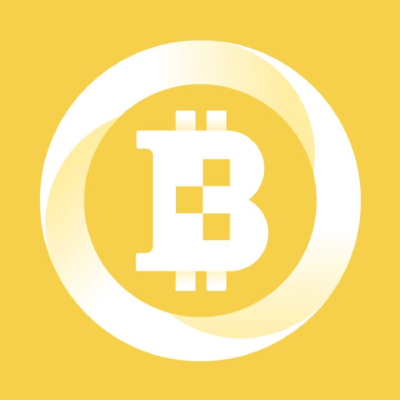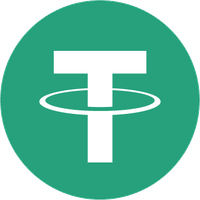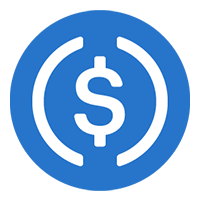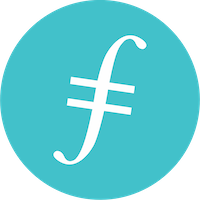How to Get an Ethereum Wallet
Summary: You need an Ethereum wallet to interact with the Ethereum network and its vibrant ecosystem. BOSS Wallet lets you store and manage your ERC tokens, while making it easy to explore Ethereum and other EVM platforms with its zero gas fees feature.
Key Takeaways
● Ethereum wallets are used to store ETH and ERC standard tokens, like ERC-721 (NFTs), and ERC-20 (fungible tokens).
● Ethereum has a vibrant ecosystem, and an Ethereum wallet lets you explore the wide range of decentralized applications available, from DeFi to GameFi to SocialFi.
● BOSS Wallet provides you with a secure and user-friendly platform to store your Ethereum assets along with cryptocurrencies from other chains.
What Are Ethereum Wallets?
Ethereum wallets are used to store ETH (the native coin of the Ethereum blockchain), along with other ERC standard tokens. ERC is the technical standard that is used to create smart contract tokens using the Ethereum chain and other Ethereum Virtual Machine (EVM)-compatible networks. The Ethereum Virtual Machine (EVM) is a decentralized virtual machine that executes smart contracts, using “gas” to measure the computational efforts required for transactions to ensure efficient resource allocation.
These EVM-compatible networks can include independent Layer 1 networks like Avalanche’s C-Chain and BNB Smart Chain, along with Layer 2 scaling solutions for Ethereum like Optimism, Arbitrum, Base, Polygon, and more. As EVM-compatible networks, they make it easy for developers to port their decentralized applications (dApps) from Ethereum to these newer networks. Layer 2 networks are also growing in popularity as they offer faster and cheaper transactions, as seen in this chart from L2Beat.
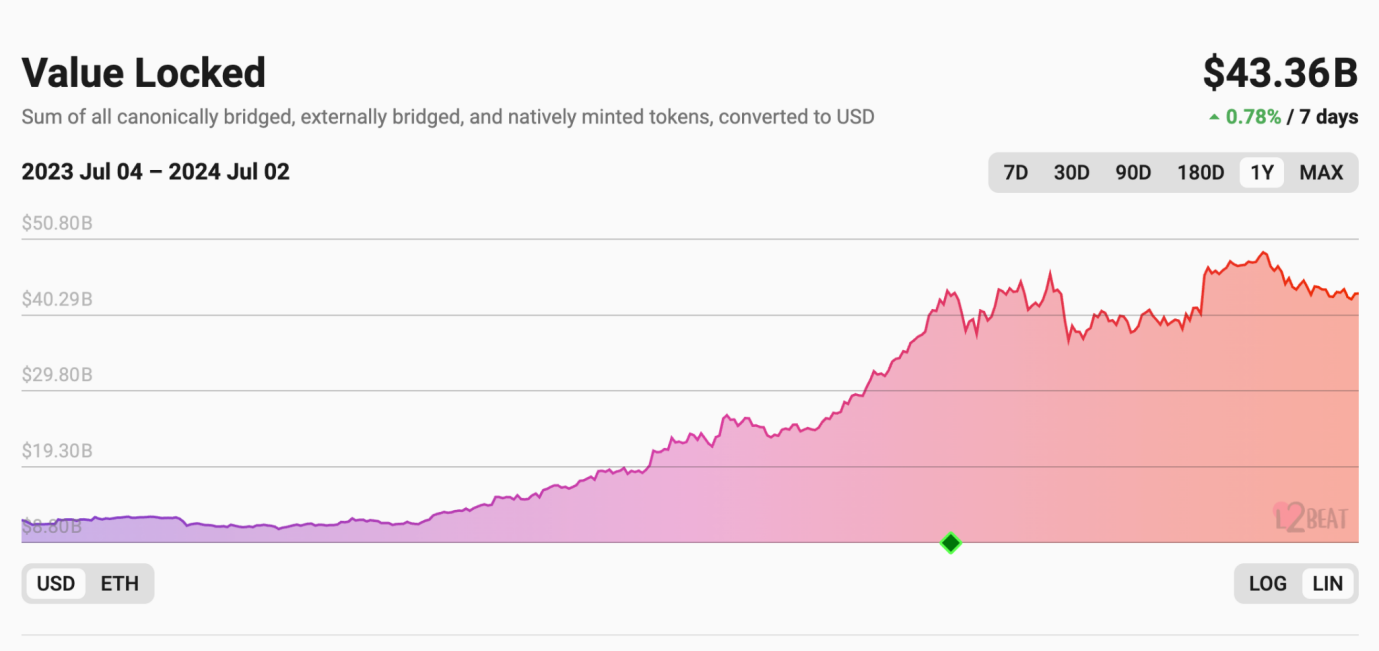
With an Ethereum wallet like BOSS Wallet, users can explore the extensive world of EVM dApps, with a combined total value locked (TVL) of over $75 billion according to DefiLlama. TVL measures the total value of digital assets locked in decentralized applications, where the higher the TVL, the more popular and healthy the dApp ecosystem on a blockchain is perceived to be.
Decentralized applications can range from decentralized finance (DeFi) to GameFi, and even SocialFi, which users can explore by using their Ethereum wallets.
● DeFi: Decentralized finance applications offer financial instruments without requiring a centralized intermediary like an exchange such as Binance. These can include lending, borrowing, liquid staking tokens, restaking, swaps, and more.
● GameFi: GameFi covers the web3 gaming space, featuring decentralized games that are built on the blockchain instead of relying on centralized servers. In these games, users own their characters, equipment, and currencies earned, and these can also be sold or swapped on in-game marketplaces or third-party NFT marketplaces like OpenSea and decentralized exchanges.
● SocialFi: Decentralized social media, also known as SocialFi, is a growing space in web3. Created with the goal of offering users a censorship-resistant platform and combining gamification elements like tokens and keys, decentralized social media apps like friend.tech and The Arena offer web3 users an alternative to traditional social media.
Types of ERC Standard Tokens
When choosing a wallet, you want to make sure that it supports all related token standards, rendering it easy for you to manage all your assets in one place. There are multiple types of ERC tokens that are supported by BOSS Wallet. Even for tokens outside of this list, BOSS Wallet has a complete set of protocol sample collection algorithms, enabling different types of protocols to be quickly retrieved according to information from the block and BOSS Wallet’s samples, and new assets can be supported on BOSS Wallet within 2-3 days.
ERC-20
ERC-20 is the technical standard governing the creation of fungible smart contract tokens on Ethereum and its related Layer 2s. As fungible tokens, every token is identical. Some popular ERC-20 tokens include the USDT stablecoin, Arbitrum’s ARB, Optimism’s OP, and Uniswap’s UNI.
ERC-20 tokens can confer additional rights on their users, such as protocol governance, where every token denotes a vote on proposals.
However, do note that Ether (ETH) is not an ERC-20 token; on DEXs on certain chains, such as Uniswap on Polygon, ETH is not available. In this case, you will need to swap your ETH to WETH (Wrapped Ether), which is an ERC-20 token.
ERC-721
ERC-721 tokens are also known as NFTs (non-fungible tokens), where every ERC-721 token is unique with its own metadata. The ERC-721 token standard also maintains a record of token ownership, allowing users to transfer and verify NFTs, and can also be used to protect intellectual property rights.
As every ERC-721 token is different, individual NFTs within a collection can have different rarity scores based on their traits. For example, the rarest Bored Ape Yacht Club NFT (#7495) has a Bored Dagger Mouth, which is only present in 0.49% of all Bored Apes, combined with Cross Earring, which appears in only 1.49% of all NFTs within the BAYC collection.
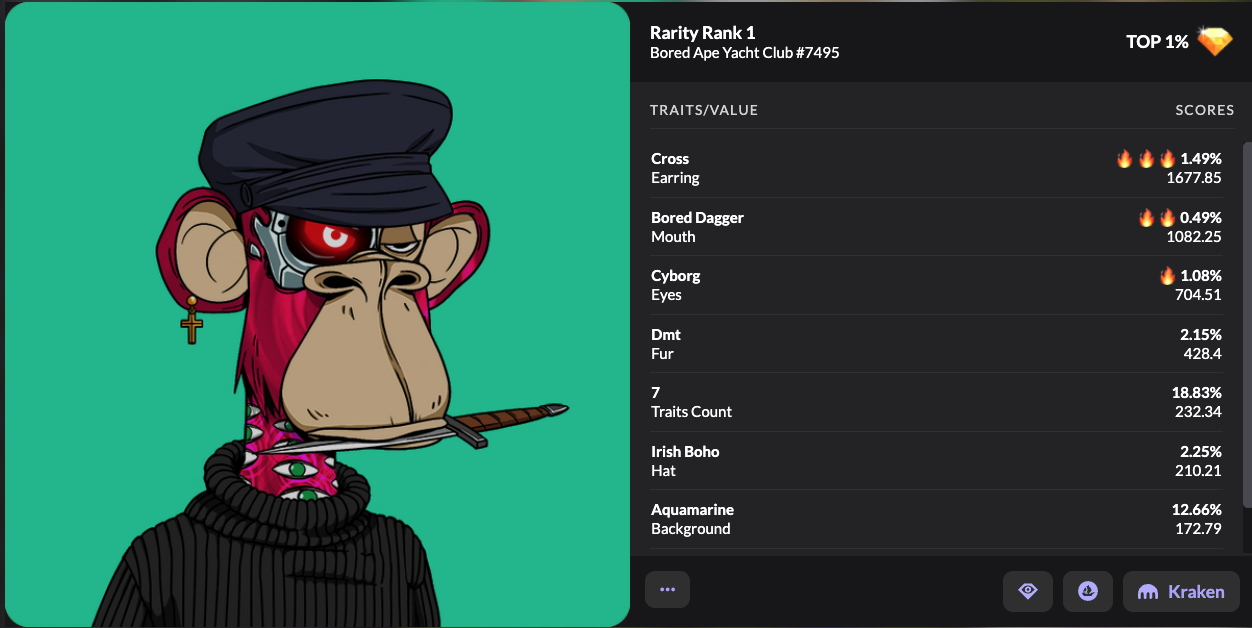
ERC-1155
ERC-1155 is a multi-token standard that combines fungible and non-fungible tokens in a single smart contract. For example, in a blockchain game that features a range of items like NFT weapons alongside fungible in-game currency, ERC-1155 allows all these items to coexist within just one smart contract.
ERC-404
ERC-404 is an experimental token standard, combining elements of ERC-20 and ERC-721 tokens. ERC-404 tokens work by bonding an ERC-721 token to an ERC-20 token, where the token is only an NFT when it is whole. Once it is broken down into fractions for trading as an ERC-20 token, the NFT is burnt. To mint a new NFT, a full token must be formed. The most well-known ERC-404 token is PANDORA.
How to Choose an Ethereum Wallet?
There are many Ethereum-compatible wallets available in the space. So, how do you choose the right wallet for your needs? Here are some considerations when choosing an Ethereum wallet.
Storing Multi-Chain Assets
Are you intending to only store ERC assets in your wallet, or will you also store tokens from other chains like BEP tokens on BNB Smart Chain, TRC tokens on TRON, BTC and BRC-20 tokens on Bitcoin, and SPL tokens on Solana? If you are intending to store any of these other cryptocurrencies in your wallet, you’ll want a multi-chain wallet.
Some of the most popular wallets like MetaMask are EVM specific, which means that you can only store ERC tokens. Other multi-chain hot wallets may require the creation of a new wallet with a new secret recovery phrase for every supported chain, where users have to carefully store and manage multiple secret recovery phrases.
BOSS Wallet lets you manage your assets across Bitcoin, Solana, TRON, BNB Smart Chain, and more on one platform with a single secret recovery phrase. By only having to manage one secret recovery phrase, it reduces the risk of losing access to your wallet in the event you’ve lost your sign-in credentials for your wallet.
Ease of Creating Dedicated Wallets for Safe Interaction With dApps and Chains
With the popularity of Ethereum, its Layer 2s, and EVM-compatible chains, there are always new decentralized applications and protocols to interact with, as these usually offer early adopters rewards in the form of airdropped tokens.
However, when hunting for airdrops, users are also exposed to the risk of phishing scams, where scammers impersonate the real protocol, creating fake websites, emails, and social media accounts to trick users into connecting their wallet to claim a fake airdrop, which will then drain the wallet of all its holdings.
To prevent this, it’s recommended for users to hold only a small amount of cryptocurrency in a separate wallet that is solely for airdrop farming. In this way, even if you accidentally connect your wallet to a malicious smart contract, you will be able to minimize your losses.
BOSS Wallet makes it easy to create multiple wallets with separate private keys on your account. You’ll only need to remember and store one secret recovery phrase, while you can create a new wallet dedicated to airdrop farming. This way, you’ll be able to keep your assets safe while exploring new decentralized applications.
Ease of Swapping and Bridging Assets
With so many DEXs, bridges and supported networks available, it can be challenging to find the best rates for swaps and bridging assets to other chains. On top of finding the best rates, there’s also the need to pay gas fees, which can be troublesome if you don’t have the gas token (ETH) on hand.
With BOSS Wallet, you’ll be able to use its powerful aggregator algorithm to find the best price for any swap across more than 20 networks, 400 DEXs, and 20 cross-chain bridges. BOSS Wallet charges a fee of 0.3% to 0.5% per swap, which supports ongoing development on the platform. Even then, it’s still cheaper to swap on BOSS Wallet than other Ethereum wallets like MetaMask, which charges a service fee of 0.875% for each swap, especially when coupled with BOSS Wallet’s Gas Pool feature.
BOSS Wallet’s Gas Pool service lets you deposit any supported tokens to be used for gas fees. This means you won’t need to hold ETH to swap tokens; instead, you can simply deposit any supported cryptocurrency into the Gas Pool, and BOSS Wallet will convert it to ETH to cover the gas fees for your swap.
Why Use BOSS Wallet to Store ETH and ERC-20 Tokens
Now, let’s take a more in-depth look at some of BOSS Wallet’s additional features, and why you should use BOSS Wallet to store your cryptocurrency.
Gas Pool: Zero Gas Fees
First, as mentioned above, BOSS Wallet makes gas free transfers possible with its Gas Pool service. Users can deposit any supported cryptocurrency into the Gas Pool, which will then pay any gas fees on behalf of the user. This is particularly convenient for multi-chain transactions, as you won’t need to hold a chain’s gas tokens before you can swap assets on that chain — imagine being able to swap an ERC-20 version of USDT, for WIF, a memecoin on Solana, without needing ETH or SOL for the transaction.
This is unlike most existing wallets, including industry leaders like MetaMask and Trust Wallet. On these wallets, you have to figure out how to acquire a chain’s native tokens before you can swap assets to that chain. Usually, in order to acquire these tokens, you’ll have to purchase them off a centralized exchange, or bridge assets over, or you’ll have to request for donations of the required cryptocurrency from friends and acquaintances.
BOSS Wallet will also be introducing zero gas rights, which can be used to offset gas fees for registered users when they transact with their BOSS Wallet.
Easy Account Management and Transfers
BOSS Wallet lets users manage all assets on the platform with a single secret recovery phrase, regardless of chain. This secret recovery phrase is generated when users first create their BOSS Wallet account, and can be used to generate multiple wallet addresses for all supported chains based on their requirements.
On top of making it easy for users to manage their accounts and reduce the risk of losing their secret recovery phrase, BOSS Wallet also reduces the complexity of blockchain operations. Instead of manually approving multiple transactions, users just need to enter their password once to approve a transaction on BOSS Wallet.
Cryptocurrency addresses are usually a long string of numbers, and that makes it tedious to verify the address. With BOSS Wallet, you can use a payment confirmation in the form of BOSS ID to ensure senders transfer the assets to the correct recipient. When enabled, the sender must verify the BOSS ID after entering the recipient address.
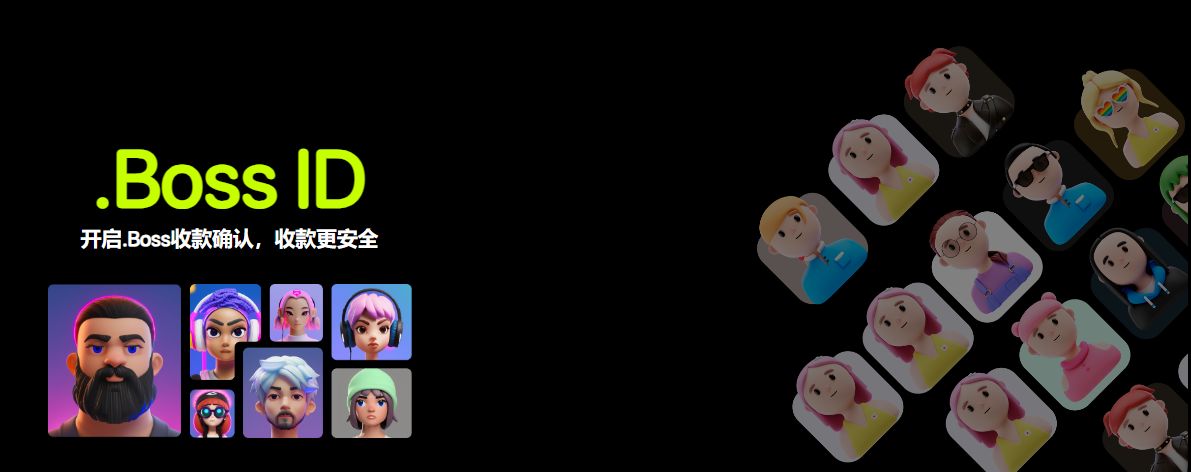
How to Store ETH and Other ERC Tokens with BOSS Wallet
You can store ETH and other ERC tokens with BOSS Wallet, along with other supported assets from other chains. To begin, you can either create a new wallet on the platform and transfer your assets or import an existing wallet.
To create a new wallet, click Create a New Wallet and create your six-digit PIN. Your six-digit PIN is used to manage accounts, along with importing, creating, and exporting private keys and your secret recovery phrase. After doing so, you’ll have access to your secret recovery phrase. Always record and store your secret recovery phrase offline, ideally on crypto steel.
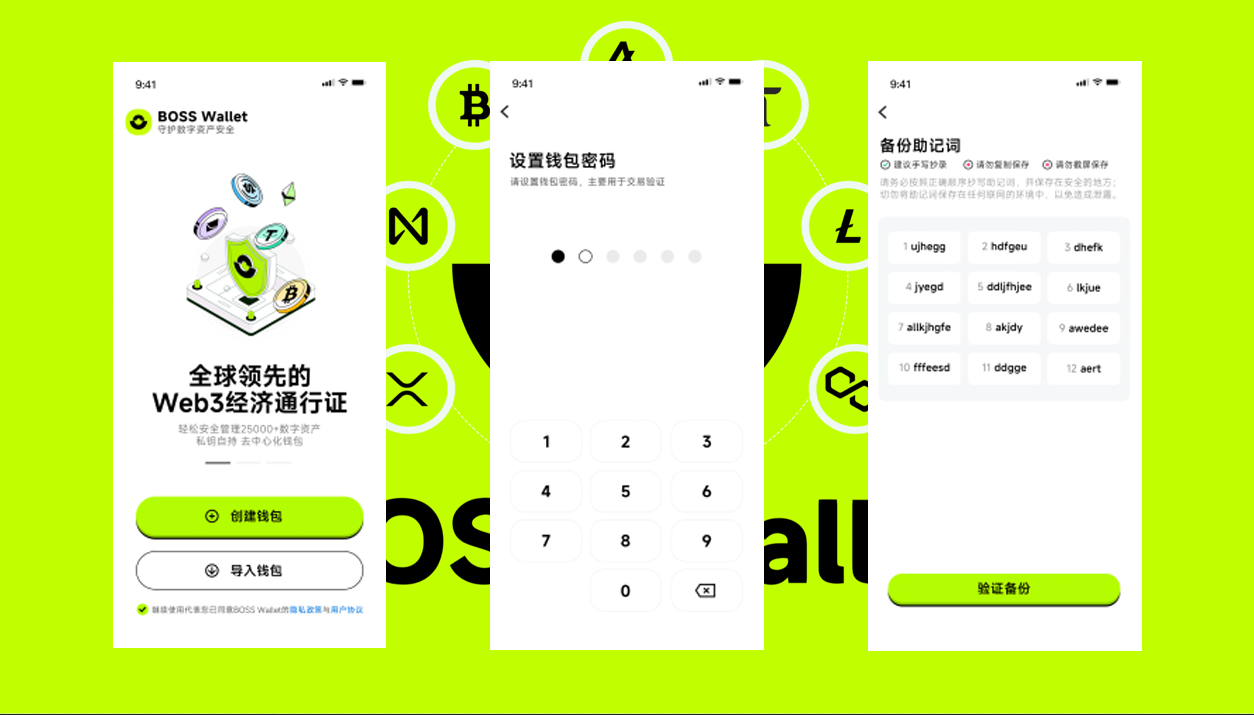
After creating your wallet, set your network to Ethereum using the network dropdown at the top. Following that, click Receive and select the token you want to transfer. In this example, we’ll use ETH. Clicking ETH opens up your Ethereum address on BOSS Wallet and its corresponding QR code. You can now transfer your ETH and other assets, such as NFTs, to your BOSS Wallet account.
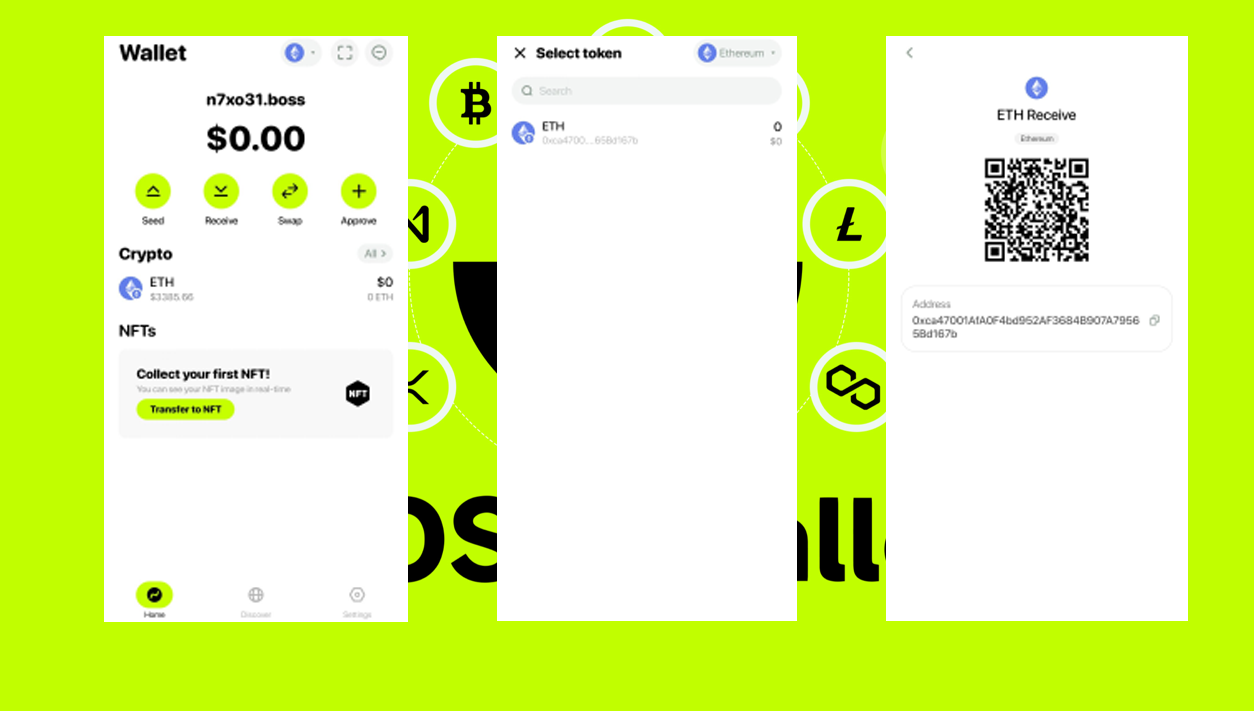
If you already have an existing wallet with assets you wish to import to BOSS Wallet, you can Do so by entering your secret recovery phrase or private key. Once you have entered your private key or secret recovery phrase, click Confirm, and all your assets will be ported to your BOSS Wallet.

Conclusion
Given the widespread popularity of Ethereum and its Layer 2s, which aim to improve the scalability of Ethereum while providing users with cheaper and faster transactions, an Ethereum wallet is a must-have for the crypto space. However, choosing a wallet that is only compatible with Ethereum and supported EVM chains can also be limiting, as there are other high potential chains, like Bitcoin (link to bitcoin article), Solana, and TRON. In this case, choosing a multi-chain wallet like BOSS Wallet allows you to explore a wide variety of ecosystems, especially when coupled with features like BOSS Wallet’s Gas Pool and its inbuilt DEX aggregator.
This article is only for education and information purposes, and should not be taken as financial advice. Always do your own research before using any crypto protocols, and always store your secret recovery phrase securely offline.









 本文精华如下:
本文精华如下:

.png)



